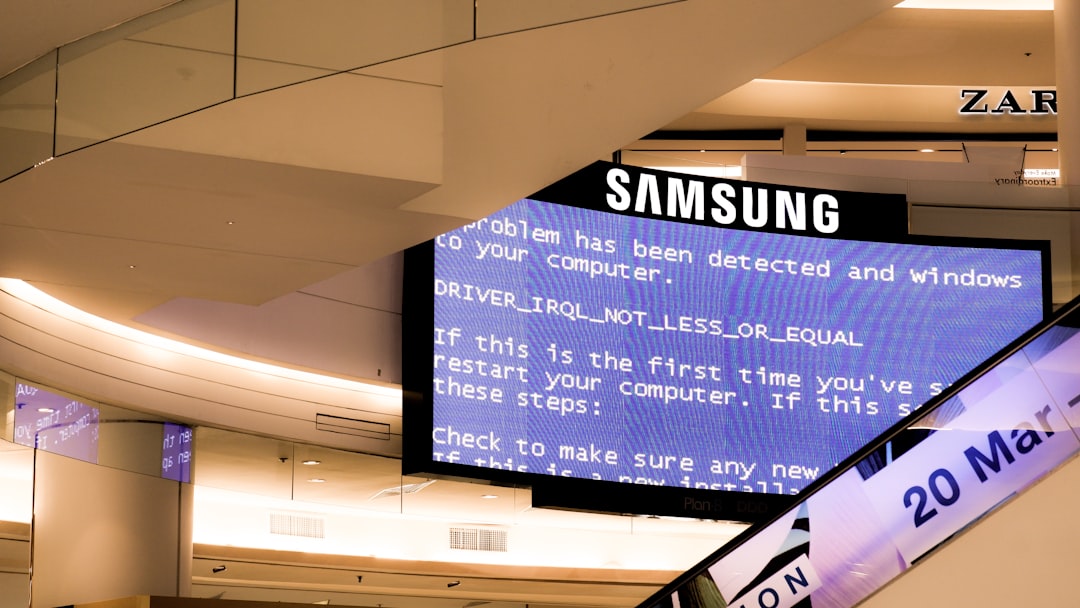WordPress has long established itself as a user-friendly, reliable content management system that powers over 40% of websites on the internet. Yet, even with its robust infrastructure and extensive plugin ecosystem, users occasionally encounter one of the most frustrating problems: media display issues. Whether it’s an image that won’t load, a gallery that won’t render properly, or broken thumbnails, these errors can disrupt user experience significantly and damage your site’s professionalism.
Fortunately, most of these problems stem from common and diagnosable issues. This article offers straightforward and effective diagnostics you can run to identify and resolve WordPress media display issues quickly and confidently.
Common Symptoms of Media Display Errors
Before diagnosing the root cause of these issues, it’s essential to recognize the symptoms. The most common media display-related issues include:
- Blank image placeholders: The image has been uploaded, but does not appear on the frontend.
- Broken image icons: This typically indicates a path or URL issue.
- Incorrect image sizing: Images appear distorted or cropped incorrectly.
- Gallery and carousel malfunctions: Gallery shortcode or plugin features don’t function as expected.
- Thumbnails not updating: Featured images or gallery thumbnails aren’t changing after uploads.
Knowing how to assess each of these scenarios is key to maintaining a seamless user experience on your WordPress website.
1. Check Media Upload Paths
One of the most common causes of media not displaying correctly on your site is an incorrect file path or WordPress address setting. Navigate to Settings > Media and verify that the upload path is correct. You can also check Settings > General to ensure the WordPress Address (URL) and Site Address (URL) are properly configured.
Incorrect settings here will often result in WordPress generating media URLs that point to the wrong location—leading to broken image links or complete invisibility.
Image not found in postmeta wordpress settings dashboard, media settings, general settings
wordpress settings dashboard, media settings, general settings
2. File Permissions Misconfiguration
Another common issue that affects media visibility is incorrect file permissions on the server. WordPress typically stores uploaded media in the wp-content/uploads folder. If the web server does not have the proper access rights to this directory and its contents, it will be unable to serve media files.
Ensure that your file and directory permissions are correctly set:
- Folders should have permissions set to 755
- Files should have permissions set to 644
These values can often be edited through your hosting provider’s file manager or an FTP client.
3. Check Browser Console for Errors
A frequently overlooked method for identifying media errors is the browser developer console. Open your website in Google Chrome or Firefox, right-click on the page, and select Inspect. Then go to the Console tab. Any 404 errors, cross-origin issues, or failed HTTP requests will be displayed here.
This can reveal problems such as incorrect file paths, plugin conflicts, or blocked resources.
 browser console, inspect element, web developer tools
browser console, inspect element, web developer tools
4. Disable Conflicting Plugins or Themes
Certain themes or plugins—especially page builders, sliders, and image optimization tools—may interfere with how media is displayed. Here’s how to test for conflicts:
- Deactivate all plugins.
- Switch to a default WordPress theme like Twenty Twenty-One.
- Check if the media now displays correctly.
If the issue resolves, reactivate plugins one at a time to identify the culprit. If a specific plugin or theme is causing the issue, consider reaching out to its developer or seeking alternatives.
5. Regenerate Thumbnails
Sometimes images don’t display well because thumbnails were not correctly generated during the upload process. This is especially common after changing themes, as different themes call for distinct image sizes.
Use the Regenerate Thumbnails plugin to re-process all media files according to your current theme’s requirements. After regeneration, broken thumbnails and incorrectly sized images are often fixed.
6. Clear Cache and CDN
Modern WordPress setups often utilize caching plugins and content delivery networks (CDNs) like Cloudflare or Jetpack. These can sometimes serve outdated or broken media versions to site visitors.
To fix this, make sure to:
- Clear your caching plugin cache (e.g., W3 Total Cache, WP Super Cache).
- Clear browser cache or test the site in incognito mode.
- Purge cached files from your CDN dashboard.
Once these caches are cleared, revisit the affected page. The updated media should load correctly if caching was the issue.
7. Check .htaccess and Hotlinking Rules
Your site’s .htaccess file can control how media is accessed. Occasionally, security plugins or custom configurations will add rules to this file that block media access—both internally and externally.
Look for .htaccess rules like:
# Block hotlinking
RewriteCond %{HTTP_REFERER} !^$
RewriteCond %{HTTP_REFERER} !^https://yoursite.com [NC]
RewriteRule \.(jpg|jpeg|png|gif)$ - [F]
If these rules are misconfigured, even legitimate users may not see images. Adjust or temporarily remove them to test if media reappears.
8. Verify Upload File Types and Size
Not all file formats are supported by WordPress out of the box. If someone tries to upload unsupported media—like modern image formats such as WebP in an older WordPress version—it might upload but not render properly on the front-end.
Check the allowed file types by default and update your WordPress or use a plugin to add support for additional formats. Also, ensure that your server’s PHP settings (like upload_max_filesize and post_max_size) are not set too low to support high-resolution image uploads.
Advanced Diagnostics: Database and Logs
If all surface-level troubleshooting fails, deeper issues may lie in your WordPress database or server logs.
- Check Media Library entries in the database: Use PHPMyAdmin or a database browser plugin to review the
wp_poststable forattachmentpost types. Check for missing URLs or broken metadata. - Review error logs: Server error logs, typically available through your hosting provider, can give insights into permission errors, URL mismatches, or HTTP failures related to media rendering.
When to Seek Professional Help
If you’ve gone through all these steps and media issues persist, it might be time to seek professional assistance. Frequent or persistent media errors might be indicative of deeper architectural problems, outdated installations, database corruption, or server misconfigurations.
Consider consulting a WordPress developer who can perform a full audit, manually inspect core files, and correct deep-seated issues that may not be visible through standard diagnostics.
Conclusion
While WordPress media display issues can be frustrating, they’re rarely unresolvable. By following a methodical troubleshooting process—checking paths, permissions, plugins, and caches—most problems can be identified and corrected in a relatively short time.
Staying informed and vigilant is essential. Regular maintenance, an updated plugin and theme strategy, and proper server configurations will help prevent many of these issues from occurring in the first place. Be proactive, and when needed, know when to escalate a problem to professional support.
In the dynamic world of web publishing, ensuring that your media displays correctly is not just a matter of aesthetics—it’s a cornerstone of trust, engagement, and effective communication.
